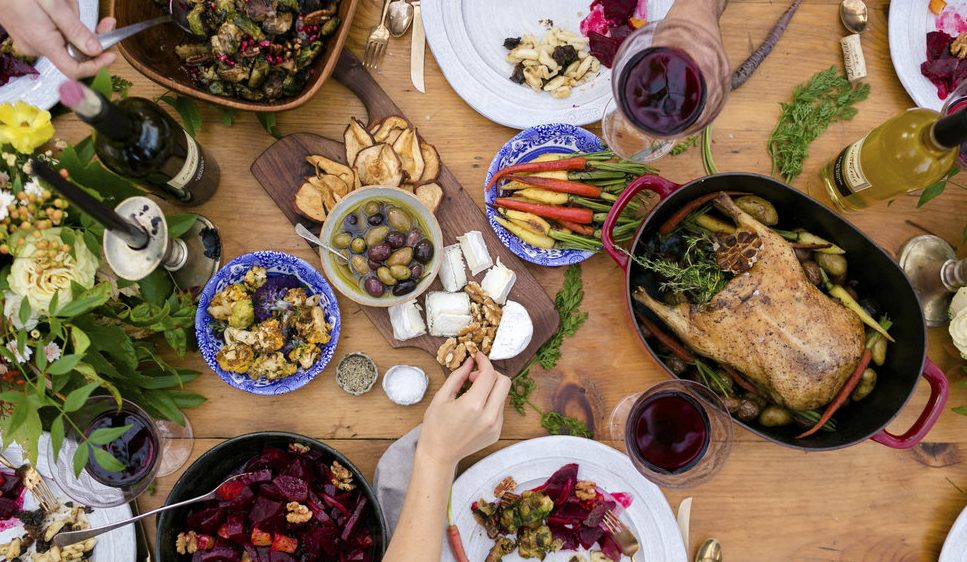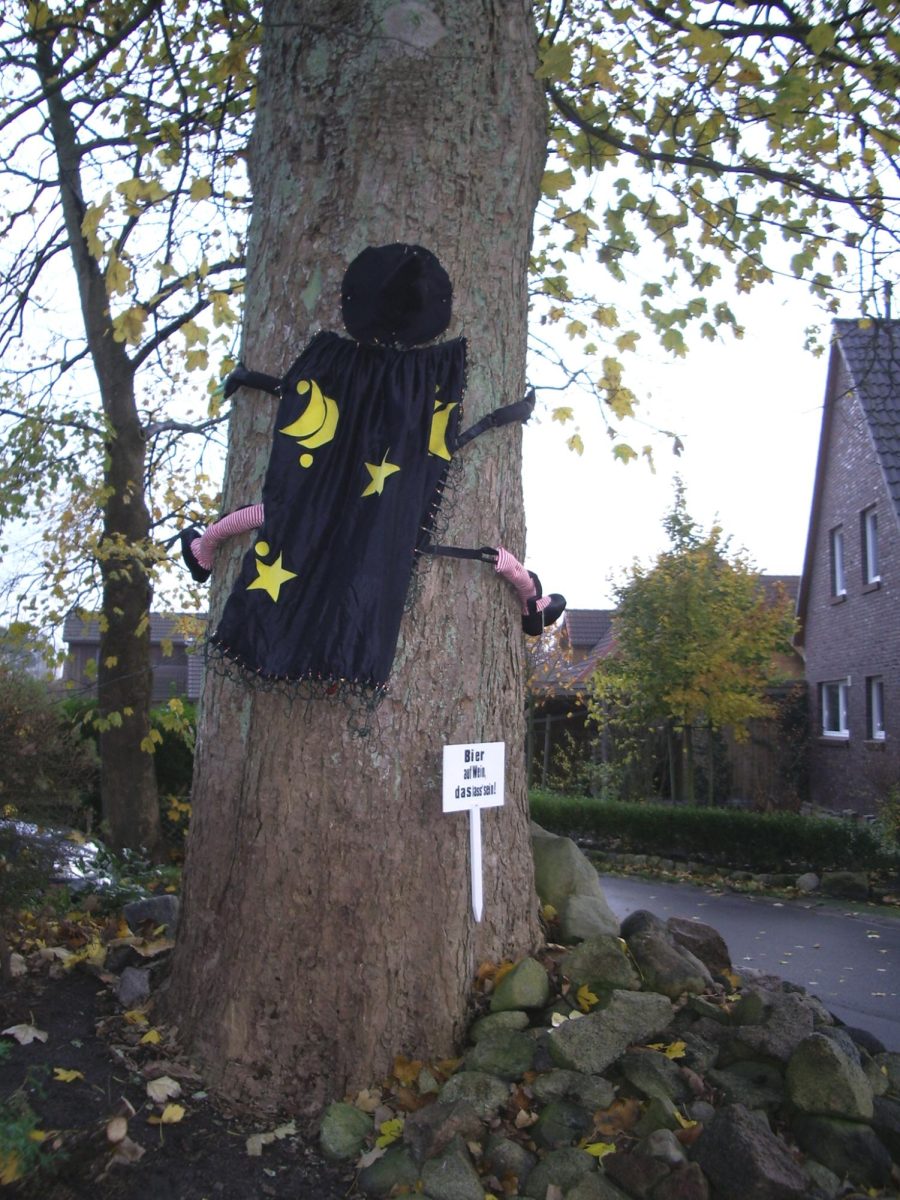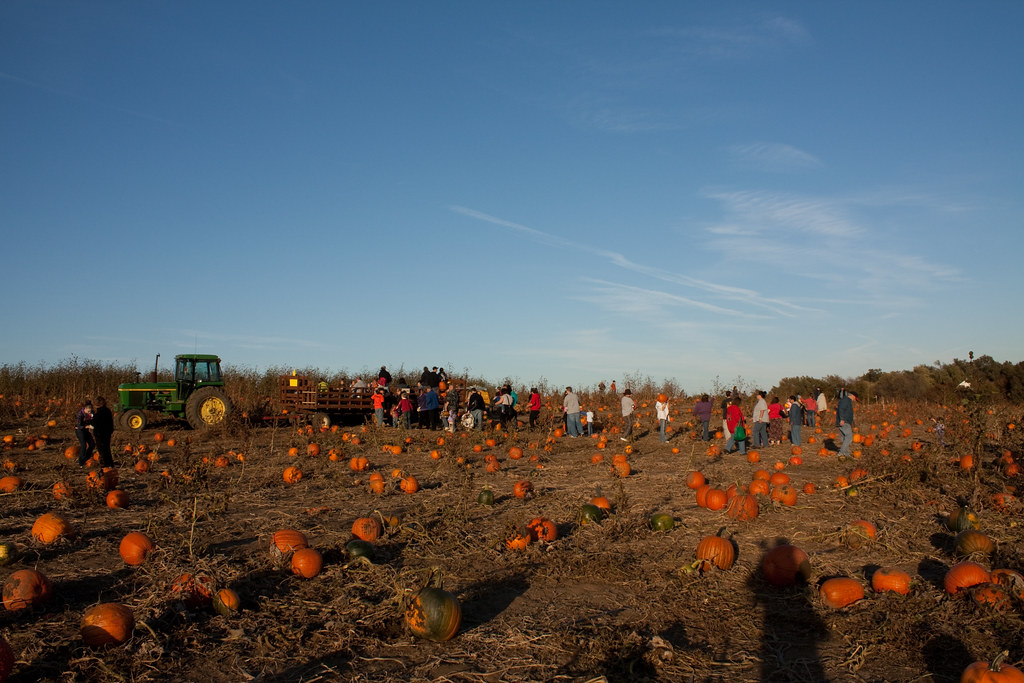Looking around the world, different cultures have unique ways to celebrate Thanksgiving. But how do they differ?
Americans celebrate Thanksgiving every fourth Thursday of November. Thanksgiving dishes can include turkey, mashed potatoes, gravy, green bean casserole, cranberry sauce, rolls, pumpkin pie, and more. The tradition of Thanksgiving is to gather with family, share food, and tell each other what you’re thankful for.
Thanksgiving in Canada is celebrated on the second Monday in October. To distinguish Thanksgiving from American tradition, they call it Canadian Thanksgiving. Canadian Thanksgiving has been celebrated since November 6, 1879. Much like America, Canadian Thanksgiving includes dishes like mashed potatoes, turkey, and cranberry sauce; but Canadian dishes also include butter tarts, whipped sweet potatoes, maple-roasted carrots, and brussel sprouts with bacon. In 1957 the Governor General of Canada Vincent Massey, issued a proclamation saying: “A Day of General Thanksgiving to Almighty God for the bountiful harvest with which Canada has been blessed.”
The first Wednesday in November is when the Netherlands celebrates Thanksgiving. In The Netherlands, they eat traditional American dishes like turkey, mashed potatoes, sweet potatoes, gravy, and dressing. The Netherlands celebrates Thanksgiving by going to Orthodox Protestant churches either in the evening, or take the day off and go in the morning.
Thanksgiving in Brazil was established by President Gaspar Dutra on August 17, 1949. In 1966, it was established (by Law 5110) that Thanksgiving would take place on the fourth Thursday in November, much like America. Brazil eats many traditional American dishes, but they also eat rice. Thanksgiving is widely celebrated by many families of American origin, some Protestant Christian denominations, and many other churches.
In the West African country of Liberia, Thanksgiving is celebrated on the first Thursday of November. Families in Liberia gather together and eat roast chicken, green bean casserole, and mashed cassava (mashed yuca root). In 1883, the Legislature of Liberia declared this day as a national holiday. People in Liberia celebrate Thanksgiving by attending religious ceremonies, while others take it as a day to relax. In the years following the second civil war, some Liberians have taken the holiday as a time to be thankful for this new period, peace, and relative stability.
The Philippines celebrates Thanksgiving on the same day as America does. They celebrate by eating pig, pancit canton (tossed noodles), adobong sili (chili peppers and garlic), golden lumpia (spring rolls), leche flan (caramel pudding), and suman (rice cake). During World War II, America and the Philippines celebrated in secret, but when the Japanese withdrew in 1945, they continued the tradition in 1969. It was revived by President Ferdinand Marcos, but the date was changed to be on September 21st. After Marcos was ejected in 1986, the tradition was no longer continued due to the controversial events. Thanksgiving in the Philippines has been revived as a commercial and cultural holiday. Many malls and hotels offer sales on this day which is part of a long celebration of Christmas.
In the United Kingdom Thanksgiving is called “The Harvest Festival of Thanksgiving”. It does not have an official date, but it is traditionally held on or near the Sunday of the harvest moon. In the UK people bring in produce from their garden, allotment (community garden), or farm, and even tin and packaged food; there is a Harvest Supper at which some of the produce may be eaten. In the pre-Christian roots of the Harvest Thanksgiving, the Saxons would offer the first sheaf of barley, oats, or wheat to fertility Gods. Today the Harvest Festival is marked by churches and schools; with singing, praying, and decorating with baskets of food and fruit to celebrate a successful harvest and to give thanks.
Similarly in Japan, Labor Thanksgiving Day is a national holiday, which takes place on November 23rd. On this day, Japan eats the traditional meal of fish, rice, and tea. A law established this holiday-which was adopted during the American occupation after World War II-which refers to it as an occasion for commemorating labor/production, and giving each other thanks.
Many countries like Canada, Netherlands, Brazil, Liberia, Philippines, United Kingdom, Japan, and many more celebrate Thanksgiving. Some countries celebrate like America, but they also celebrate with their own traditions, food, and celebrations.








